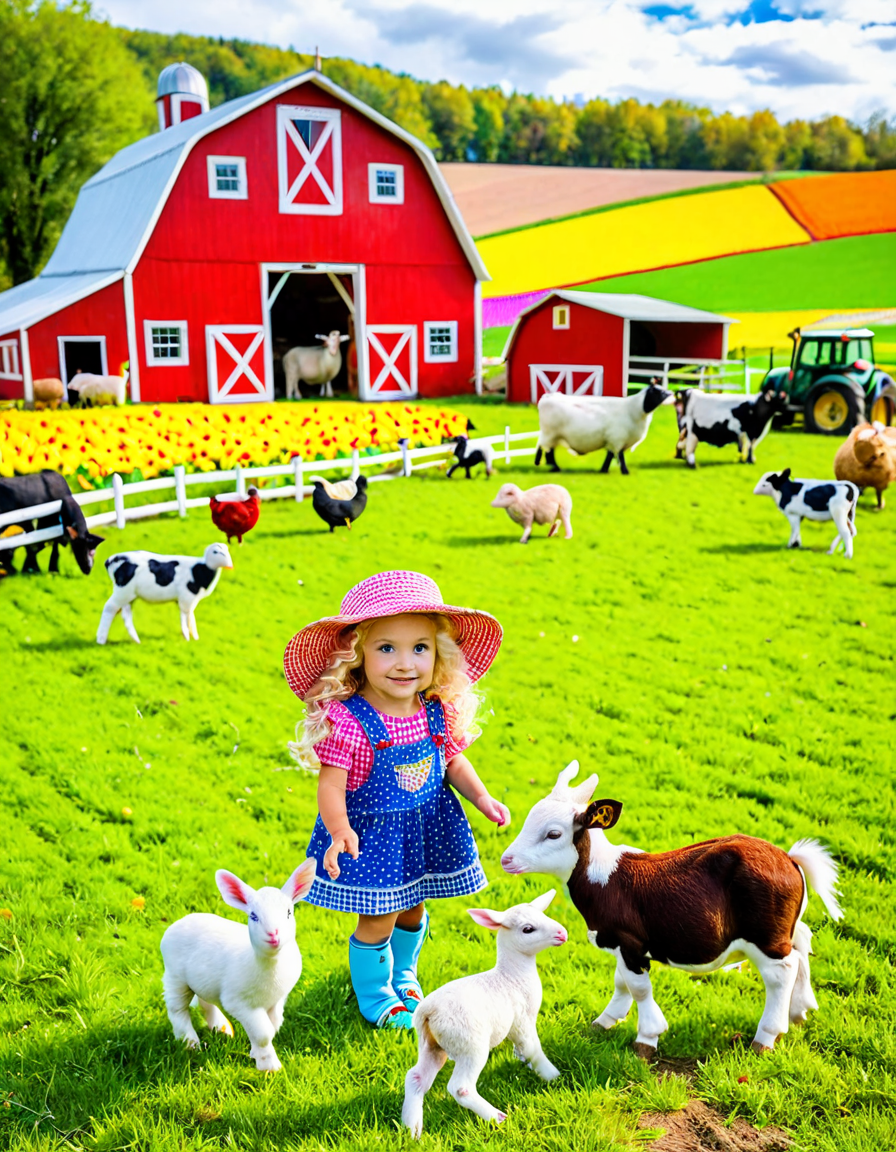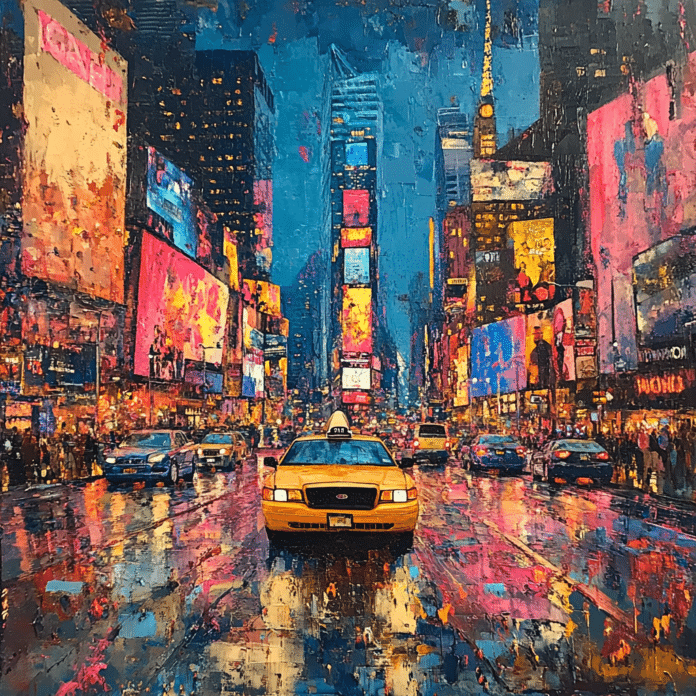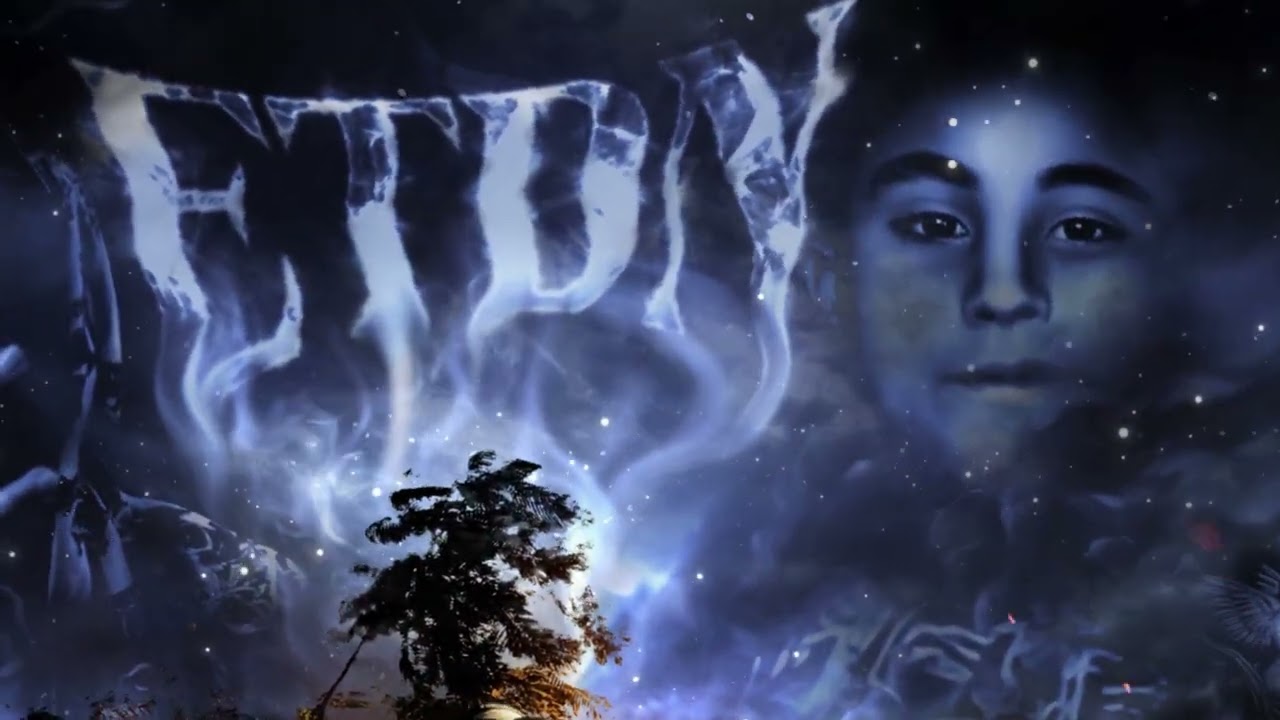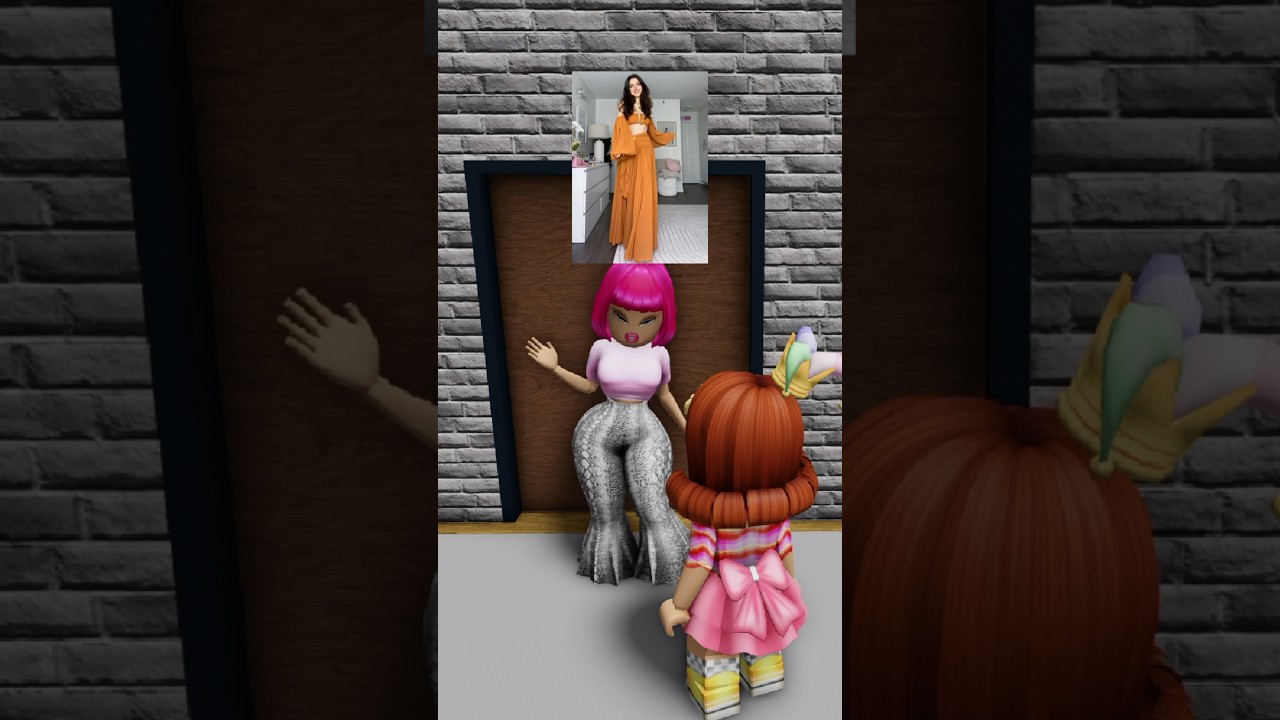As we look back on the incredible story of Dolly, the first mammal cloned from an adult somatic cell, it becomes evident that she wasn’t just a woolly breakthrough in the world of science. Dolly kicked off a virtual revolution in genetic research while stirring up a flurry of debates that linger even today. Since her birth in 1996, Dolly has shaped discussions around genetics, ethics, and biotechnology, making her a compelling figure in both science and popular culture. Let’s dive into the lasting legacy of Dolly and see how she’s still changing the world we live in!
7 Ways Dolly the Sheep Transformed Genetic Research
Dolly was the first mammal to be cloned using a technique called somatic cell nuclear transfer (SCNT). Think of it as hitting the reset button on life! This achievement spurred scientists around the globe to explore cloning in numerous species like cattle and even endangered ones, such as the black-footed ferret. By giving hope to conservationists everywhere, Dolly became a symbol of how science could push the boundaries of life.
Thanks to Dolly, agricultural practices got a technological upgrade. Cloning techniques have been utilized in the farming industry, enhancing yields and food production. One notable example is AquaBounty Technologies, which has used genetic engineering to improve salmon farming. While some chatter about sustainability and biodiversity follows these technologies, there’s no denying that Dolly has reshaped how we think about food!
Dolly’s legacy couldn’t stop at agriculture; she opened new doors in medicine too! Therapeutic cloning, inspired by her creation, holds promise for treating diseases like Parkinson’s and diabetes. Imagine creating cells that match your own genetic makeup—how cool is that? Thanks to advances made possible by Dolly, tailored cellular therapies are no longer just a dream but a growing reality.
With great power comes great responsibility, as the saying goes. Dolly’s arrival raised eyebrows and questions about the ethics of cloning. Conversations about “playing God” ramped up, prompting discussions among bioethicists, lawmakers, and ordinary folks. Heavyweights in the field, like bioethicist Julian Savulescu, have examined the boundaries we should consider as science propels forward.
Dolly didn’t just grab headlines; she became a beacon of hope for species facing extinction. The potential to clone extinct species sparked debates and research, leading to tantalizing goals like reconstructing the woolly mammoth. Inspired by Dolly’s techniques, scientists ponder how cloning might restore biodiversity and support our planet’s ecosystems.
Let’s face it—Dolly’s fame isn’t just relegated to the lab. She’s become a cultural icon, appearing in documentaries and television shows that captivate audiences worldwide. The BBC even aired “Dolly the Sheep: The World’s First Cloned Animal,” sparking widespread curiosity about the possibilities of genetic advancements. Her unique tale has embedded itself in our collective consciousness, making her not just a scientific wonder but a cultural phenomenon.
Inspired by Dolly’s legacy, universities are adapting their curricula to include the ethical implications of cloning technologies. New programs are popping up that focus on bioethics, like those offered at Stanford. This ensures that the next generation of scientists doesn’t just study techniques but also navigates the moral landscape of their work. Imagine future researchers drawing from Dolly’s story as they work on their projects!

How Dolly’s Legacy Continues to Influence Science Today
As we inch closer to Dolly’s 30th birthday in 2026, her influence remains palpable in cutting-edge scientific research. Modern advances like CRISPR technology owe a debt of gratitude to the groundwork laid by Dolly. CRISPR offers scientists a precise toolkit for gene editing, allowing them to modify both animal and plant genomes with incredible accuracy. Imagine having the power to fine-tune nature itself—Dolly helped make that possible!
Furthermore, ongoing debates concerning genetic engineering are firmly rooted in conversations sparked by Dolly’s birth. Faculty and lawmakers worldwide reference her story while considering regulatory frameworks and public policy regarding biotechnology. Lessons learned from the excitement and concern surrounding Dolly are helping craft a balanced approach to scientific innovation, reminding us that ethics must play a central role in all our explorations.
Embracing the Future of Cloning Technology
Dolly the sheep stands as a testament to the intricate connection between science, ethics, and culture. Her legacy invites us to contemplate not just what cloning and genetic research can offer humanity, but also the significant responsibilities that accompany such advancements. As we embrace the possibilities that lie ahead in cloning technology and genetic exploration, let’s remember to honor the ethical considerations illuminated by Dolly’s story. This will ensure that science remains a force for good, guiding our betterment and the health of our planet.
In the end, Dolly’s journey—from a lab in Scotland to the hearts and minds of people worldwide—is one that continues to guide us. Whether you’re tuning into a documentary about her, diving into discussions on ethical implications, or perhaps searching for the next groundbreaking research inspired by her legacy, one thing’s for sure: Dolly isn’t just a sheep—she’s a game-changer.
So, the next time you’re munching on a salmon fillet or reading about the latest innovations in genetics, spare a thought for Dolly. She might just be the woolly mastermind behind those advancements!

Dolly: The Iconic Sheep That Changed Science Forever
The Birth of a Milestone
Dolly the sheep wasn’t just another farm animal; she was a groundbreaking scientific achievement! Born in 1996 at the Roslin Institute in Scotland, Dolly was the first mammal to be cloned from an adult somatic cell. This means she was the product of a technique called somatic cell nuclear transfer. Now, can you imagine the buzz around the lab back then? It was like the debut of a new character on the Fresh Prince Of Bel air! The excitement was palpable as scientists paved the way for future breakthroughs in genetics, raising eyebrows worldwide.
Impacting Science and Beyond
The ripple effects from Dolly’s existence stretched far beyond the lab. Her clones, like those of the Wonder Pets team, inspired discussions around bioethics, cloning, and what it truly means to be “alive.” While some viewed her as a marvelous twist in nature’s tale, others raised concerns about the implications for animal welfare and biotechnology. This mirrors how pop culture, like the storylines in Pretty Little Liars, often challenges perceptions and morals in society. Dolly sparked debates that reached the general public, showing how science can branch out into realms usually reserved for drama!
A Legacy Continues
Dolly didn’t just retire to a quiet life; she ignited a conversation! By exploring the limits of cloning, scientists now look at potential applications for conservation efforts and even human health. Interestingly, this journey of inquiry is echoed in how the ebony solo movement seeks to explore diverse voices and stories. Dolly became a cultural icon, comparing her impact to how fans of The Couple next door might rally for more representation in the media. Today, her legacy inspires new innovations akin to the animated and adventurous Zenless Zone zero Characters, showing how one little sheep can lead to an extraordinary impact in the fabric of science and society!







